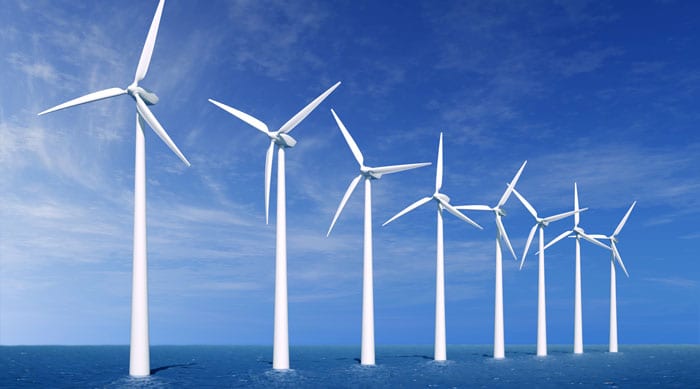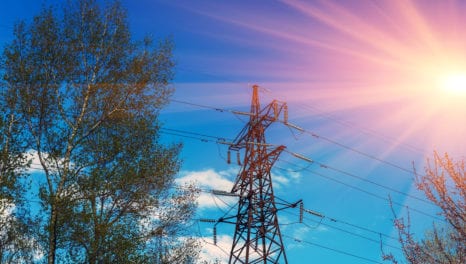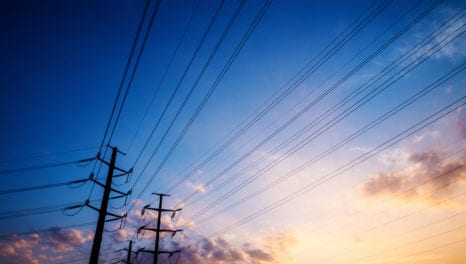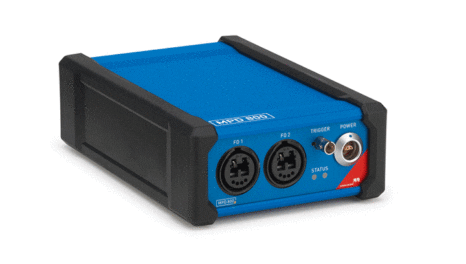Vattenfall backs HVDC for Norfolk offshore wind
Vattenfall, the Swedish energy group, plans to deploy high voltage direct current (HVDC) cable technology to connect Norfolk Vanguard and its sister project Norfolk Boreas to the UK's National Grid.
23rd February 2018 by Networks

The wind farm developer says that it has made a strategic decision to back HVDC on the Norfolk projects for two reasons. Firstly, Vattenfall believes it will be cost competitive with high voltage alternating current (HVAC) technology due largely to lower losses of transmitted electricity, fewer cables connecting the wind farms to the grid and innovation leading to lower cost on and offshore substations and associated equipment.
Secondly, compared to HVAC connecting big, distant from shore wind farms to national grids, HVDC will have less of an impact on the environment and local people where onshore infrastructure is located.
Gunnar Groebler, Vattenfall’s head of business area wind, said: “Vattenfall wants to be a leader in maturing HVDC technology to connect its large-scale, far offshore wind farms – like Norfolk Vanguard and Norfolk Boreas – to national grids. In taking that lead, we will work with HVDC technology suppliers to deliver cost competitiveness for big offshore wind farm projects. Importantly, it also means that our decision to deploy HVDC for projects like Norfolk Vanguard and Norfolk Boreas is kinder to the environment and local people.”
Vattenfall’s 1.8GW Norfolk Vanguard is expected to receive a consent decision from the UK Government at the end of 2019 and if permitted will be up and running by the middle of the 2020s. Its sister project, Norfolk Boreas is following behind in the planning process.
Comments
Login on register to comment
Related content

Power
The future for vegetation management
Why networks should focus on data not trees to overcome the costly challenges involved in vegetation management

Power
An unprecedented opportunity for change
Why short interruptions will matter in RIIO-ED2 and how to address them.

Power
Funding for SSEN electric vehicle scheme
Innovation initiative will bring forward portable EV charging devices
Related supplier content

Power
Load patterns and lockdown: how Covid-19 is impacting electricity networks
Insights into dynamics on the low voltage network as the outbreak unfolds

Downloads
Protect electrical equipment from insulation failure
Insulation faults are a major cause leading to the eventual failure of electrical equipment. Partial discharge (PD) is a very reliable indicator of developing insulation faults. Regular PD testing allows users to detect and analyze PD activity

Heat
How E.ON. is helping the City of London become a zero emissions city
Discover Citigen. Deep in the heart of our bustling capital